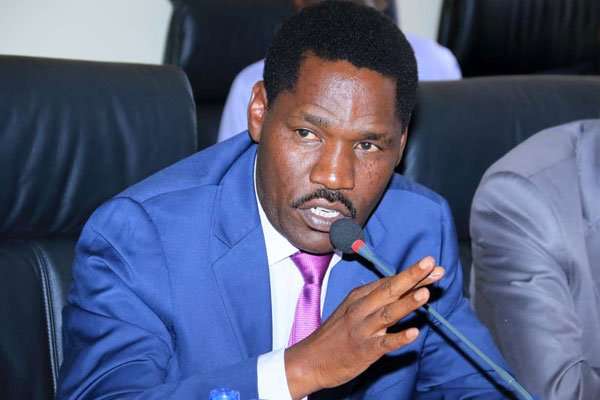Members of Parliament (MPs) have raised concerns about how non-salaried Kenyans will contribute to the new health scheme, just hours before its rollout. MPs from the health committee argued that the Means Testing Instruments (MTIs) intended to determine each household’s contribution to the Social Health Authority (SHA) are unrepresentative and fail to account for the economic realities of those at the bottom of the income spectrum.
MTIs are designed to assess contributions from individuals in the informal sector. The lawmakers contended that officials from the Ministry of Health (MOH) have focused only on theoretical frameworks instead of practical testing, as a pilot study was conducted in only eight counties with a mere sample size of 2,000, meaning only 250 people were interviewed per county.
The eight counties included Turkana, Tana River, Narok, Migori, Bungoma, Bomet, Kiambu, and Nairobi. Health Cabinet Secretary Deborah Barasa, Principal Secretary Harry Kimtai, and other senior MOH officials faced tough questions from MPs who accused them of being ill-prepared for such a significant policy shift.
Robert Pukose, chairperson of the committee and MP for Endebess, questioned, “Who conducted this means testing?” Why are non-salaried Kenyans being asked to pay annually while those employed pay monthly?” He also inquired, “How will the contributions from non-salaried Kenyans be deducted?”
Patrick Munene, the vice chairperson and MP for Chuka Igambang’ombe, urged the CS and MOH officials to acknowledge their unpreparedness to manage deductions from non-salaried individuals, emphasizing that the MTIs lack scientific backing.
“I leave this meeting uncertain about what I will tell my constituents regarding the MTIs because we still don’t know how much each household will pay. I don’t understand why non-salaried Kenyans should pay annually while salaried individuals are deducted monthly,” he stated. “It is disheartening that a year later, we are still discussing theoretical frameworks. If you state that a household will pay 2.75 percent, please connect that to the MTIs. You’re rolling this out tomorrow, and we’re still discussing theories.”
Ndhiwa MP Martin Owino expressed concern about the pilot program’s sample size, stating, “I am deeply troubled by your sample size. Bungoma County alone has nearly two million people, yet you only targeted 250. When scientific rigor is compromised, the entire initiative fails. Clearly, many have been excluded.”
Kisumu Central MP Joshua Oron raised questions about the feasibility of launching the system immediately given the emerging technical issues. “My question is about the practicability of this rollout. What will happen when Kenyans wake up and the system is closed? Will they still receive treatment?”
In response, CS Barasa defended the rollout, stating they are prepared to provide services to Kenyans starting today. “We anticipate some initial challenges, but we believe we will eventually overcome them. We have established a robust system, and by tomorrow, all Kenyans should be able to access healthcare services and receive assistance during emergencies.”
Kimtai explained that non-salaried Kenyans will learn their contribution amounts based on the 2.75 per cent after they fill out their details in the system. “Once contributors answer all the questions, they will receive results indicating how much they will owe, which will be tied to the 2.75 percent. The law stipulates that those in the informal sector pay an annual subscription. If they cannot meet this, we have provisions in the digital system for loan access,” he stated.
Elijah Wachira, the former CEO of the National Health Insurance Fund (NHIF), noted that the pilot program helped identify issues within low-income brackets. “This pilot allowed us to recognize the challenges faced in low-income categories, such as owning a cow in Githunguri versus Narok. It’s not a single variable that dictates this; we are utilizing 17 variables and parameters to create distinct bandwidths. The scientific foundation of this system aims to determine household contributions accurately for all Kenyans.”





